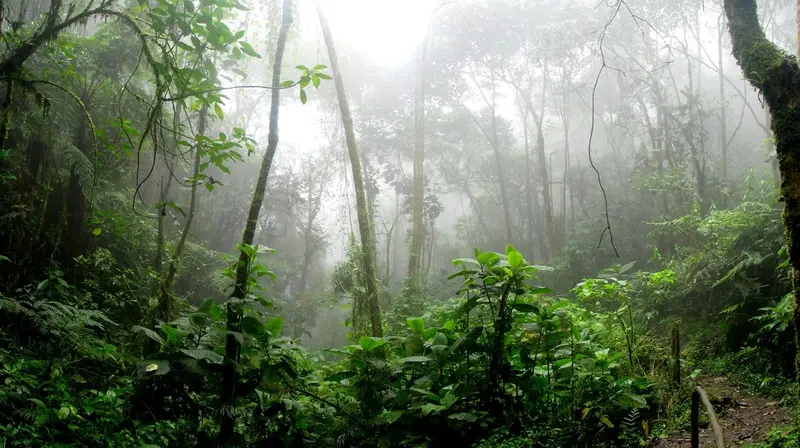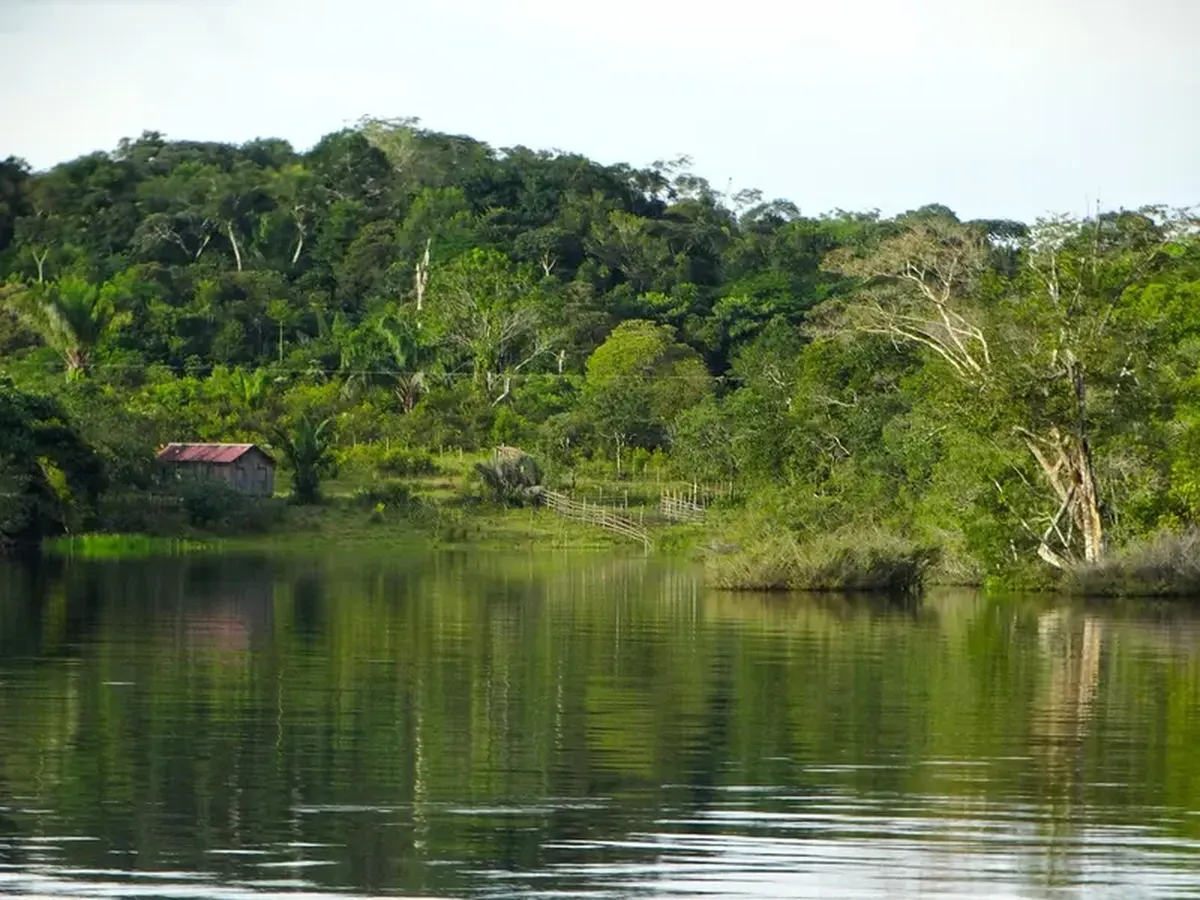Researchers from the University of Cambridge have issued a stark warning: the Amazon rainforest is nearing a point of no return. It could vanish within the next century due to the combined effects of and widespread deforestation.
The humid forests of the represent the largest tropical forest expanse in the world. Spanning over 6 million square kilometers, it is home to 10 percent of all plant and animal species on Earth. According to estimates from the World Wildlife Fund (WWF), the Amazon forests store between 90 to 140 billion metric tons of carbon. The region receives an average of more than 180 centimeters of rainfall annually. Thus, the local play a crucial role in the global carbon and water cycles that regulate the climate.
How Did the Amazon Rainforest Approach a Critical Point?
Over the past century, the Amazon rainforest has become increasingly vulnerable to stressors such as droughts and fires, driven by climate change and extensive logging. According to the Global Forest Review provided by the World Resources Institute, in just 2024, the Brazilian Amazon lost 28,000 square kilometers of forest.
Scientists believe these changes have brought the Amazon to a tipping point, where lush tropical forests could transform into dry savanna.
In a new study published in the journal Geophysical Research Letters, researchers forecasted the future of the Amazon. Lead author Andrew Friend, a professor of Earth system sciences at Cambridge, stated that such a grim scenario is entirely possible. “The question is, what level of climate change and/or deforestation will trigger a system shift?” he said in an interview with Live Science.

What Did the Scientists Discover?
Using a computer model, the team examined how the Amazon rainforest would respond to the combined effects of and deforestation. The researchers employed a so-called “single-column” model that focused on a typical location within the Amazon basin. This allowed the team to envision changes across the entire Amazon region.
Ultimately, the researchers identified three critical thresholds for the Amazon system: a 65 percent reduction in forest cover, a 10 percent decrease in moisture coming from the Atlantic Ocean, and a 6 percent reduction in precipitation. Exceeding these thresholds could lead to the disappearance of the forests.
A Vital Cycle Under Threat
There is a feedback loop between the land, vegetation, and atmospheric moisture. Trees absorb water from the soil through their roots and release water vapor into the atmosphere through their leaves (a process known as evapotranspiration). This vapor condenses in the atmosphere, forming rain. Rainwater seeps into the soil, where it is again absorbed by trees. This cycle must repeat.
However, as Professor Friend explained, a decrease in the number of trees reduces evapotranspiration and the amount of precipitation. This leads to the drying out of the forest and ultimately transforms it into savanna. “Such a transformation can be triggered by deforestation, but it can also be caused by climate change, which affects the overall volume of water entering the basin from the Atlantic Ocean,” the scientist elaborated.

Do the Amazon Forests Have a Chance of Survival?
So, what can be done? The authors of the study argue that urgent action is needed. Even under the lowest projected scenarios of global warming, ongoing deforestation could completely destroy the Amazon forest cover within the next 100 years.
“To preserve the system, it is essential to slow both climate change and deforestation over the next 10 to 20 years,” Professor Friend stated.
Photo: pexels.com
